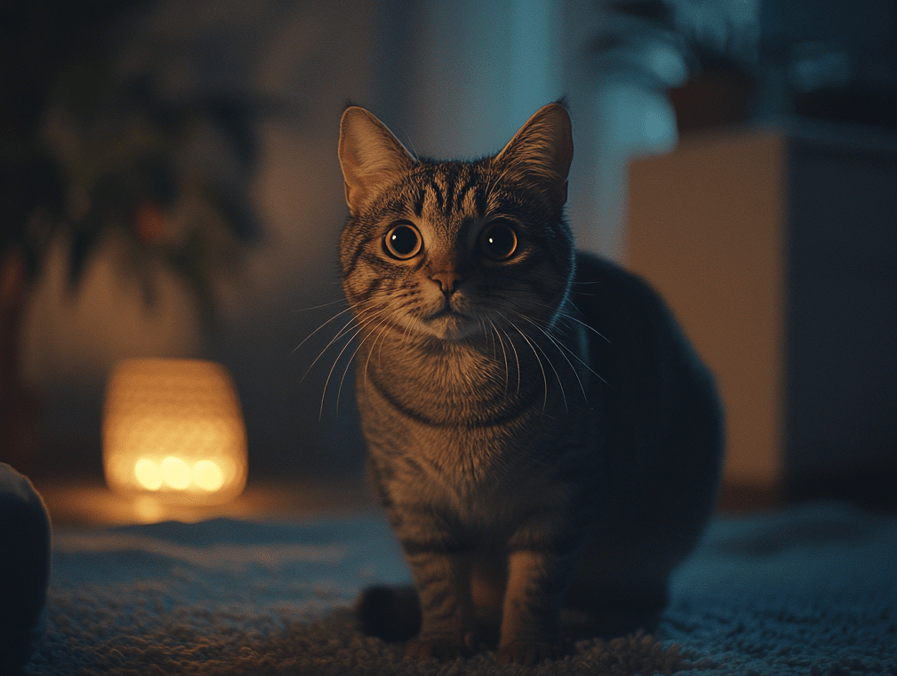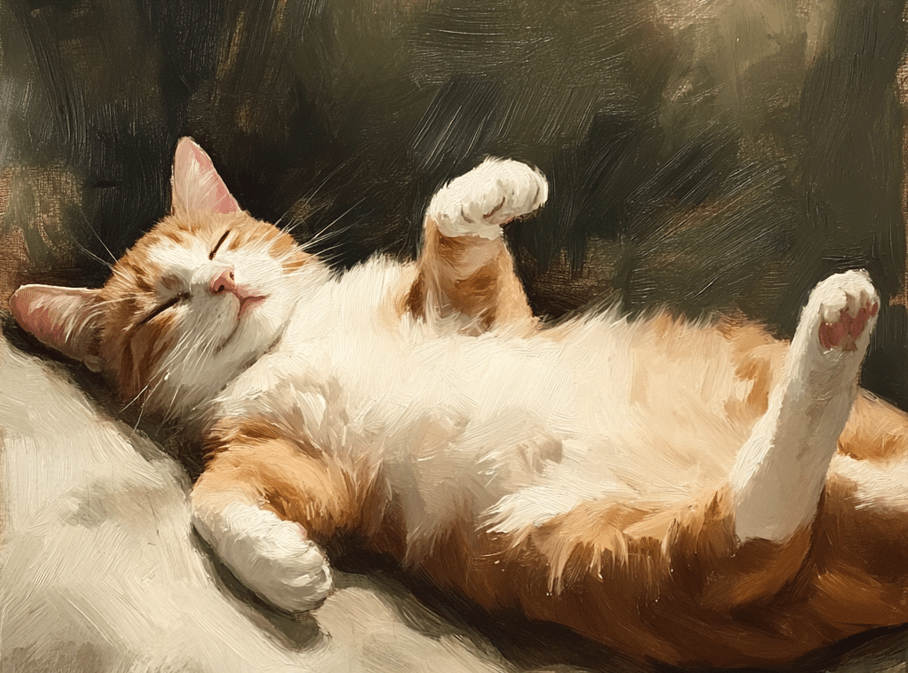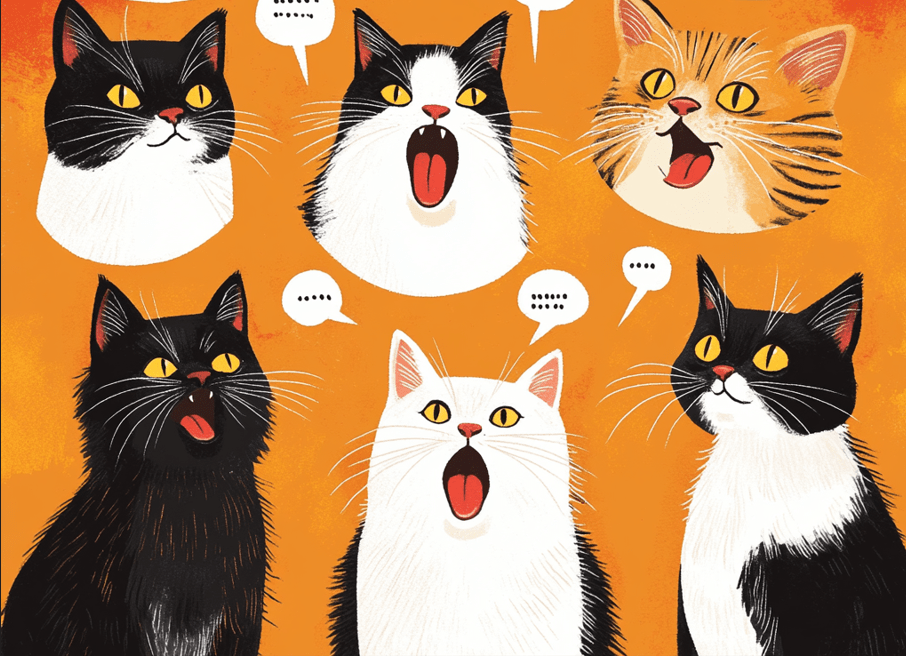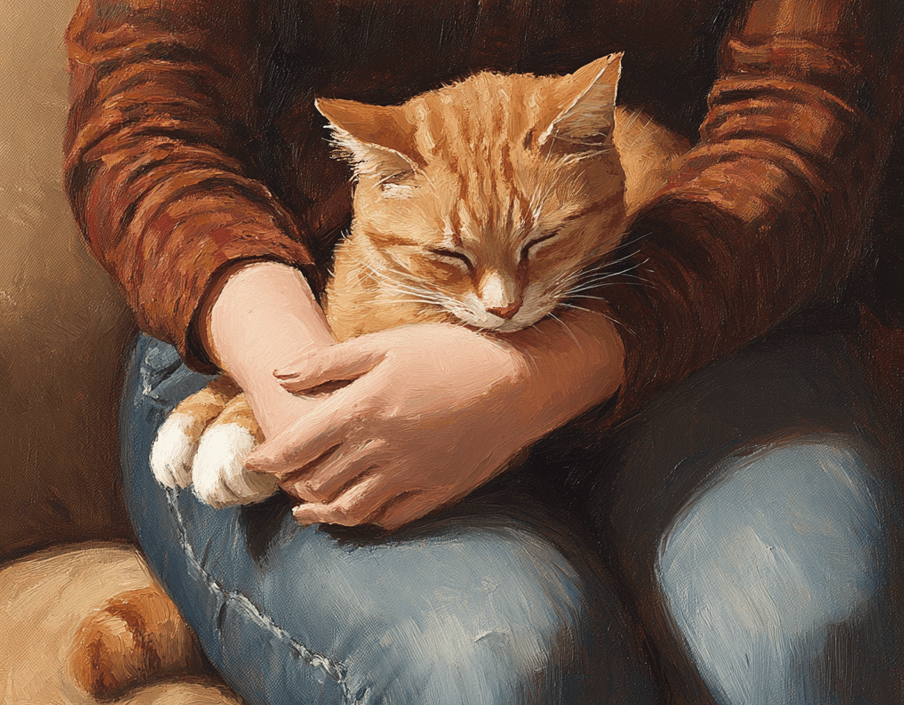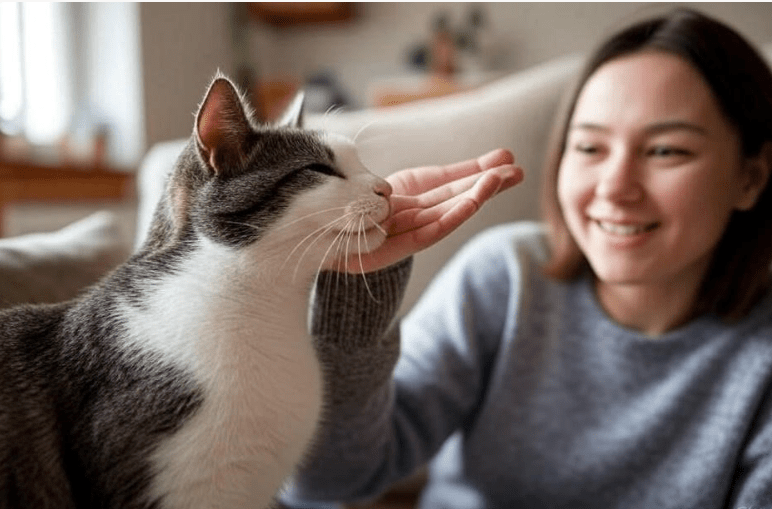
People have traditionally admired cats as animals with background behaviours that can confuse us.If you’ve ever been on the receiving end of your feline friend rubbing against your legs, arms, or face, you’ve likely wondered, Why do cats rub against you? Little pets demonstrate this common behaviour towards humans often but their real goal goes far beyond typical desire for attention.
We will examine all the reasons why cats do this touching behaviour and unlock their unspoken signals through their body movements. By studying how your cat rubs you will enhance your bond as their owner.
This Article Provides Information About:
1.The Social Nature of Cats
2.The Behavior Behind the Rub
3.Understanding what communication signals your cat is trying to send you.
4.The Significance of Scent and Territory
5.How to Respond to Your Cat’s Rub
6.When Should You Be Concerned About This Behavior?
The Social Nature of Cats
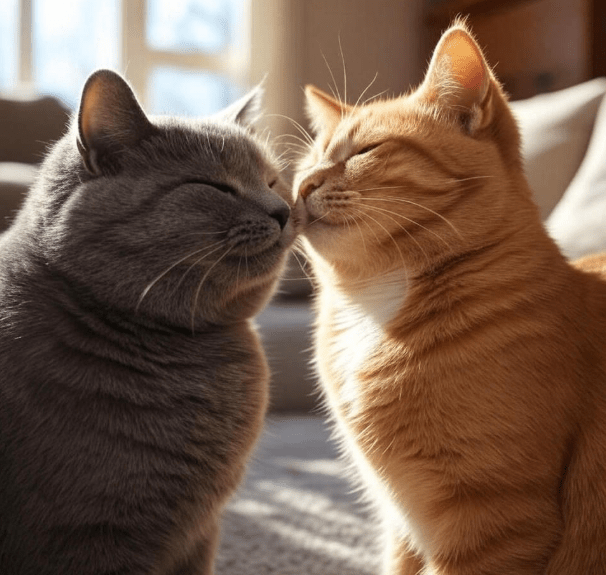
General society widely assumes cats live alone but their entire existence proves this judgement false. Although they stand apart from dogs their need for social connection remains strong. The social organisation within their world differs dramatically from both dog and human groups. Cats create looser connections with other pets and people compared to the static wolf-style ranks that dogs normally maintain.
Your cat performs social bonding behaviour while making physical contact with you. Cats identify their world and exchange information through their sense of smell. Rubbing is a form of social bonding, a way for your cat to say, “I acknowledge you, and you are part of my inner circle.”
The Behavior Behind the Rub
Analysing your cat’s behaviour helps you understand the reason for this physical contact. Cats produce scent from glands on their face particularly on their cheek, forehead, and chin. Glands near their face produce pheromones to convey details about their status both physically and emotionally.
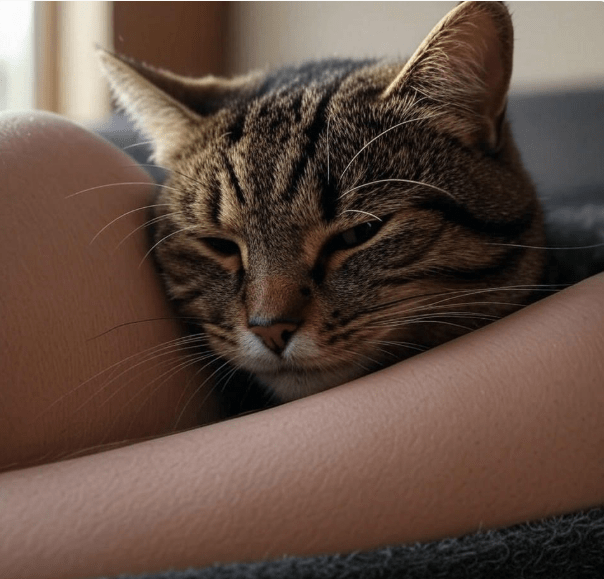
By touching their head and body against your skin cats offer affection while depositing their scent. The cat places its scent on you to show you are one of its possessions. The act of rubbing serves as a dual-purpose behavior: it strengthens the bond between the cat and its human companion while also marking the human as “safe” and familiar.
Why Do Cats Rub Against You in Different Ways?
Your cat will use several contact methods to touch you during rubbing sessions. The feline touching can vary from a light touch to a firm push. By observing how hard and often a cat rubs you reveals crucial information about its message. For instance:
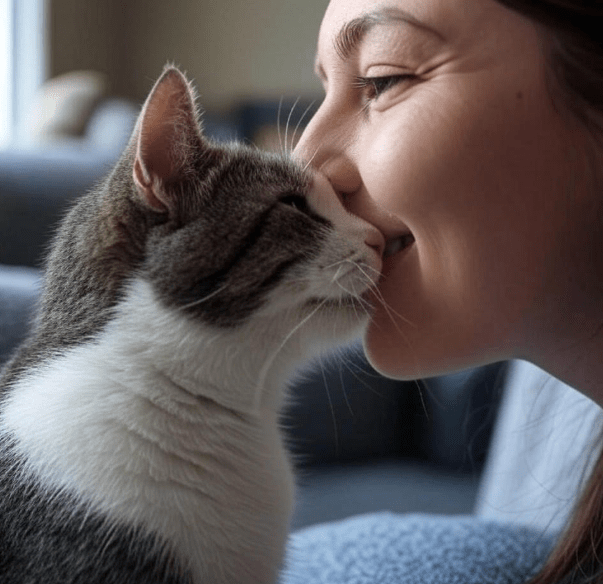
Gentle Rubbing or Nudging: Your cat shows affection and builds friendship by using gentle touches against your body. Your pet cat feels relaxed with your company.
Rubbing Against Your Face: Through facial contact cats spread their forehead and cheek scent to you. Their close affiliation with you becomes clear through this private action.
Rubbing Your Hands or Legs: Cats naturally touch their hands or legs against you as a subtle way to ask for attention and physical contact.
What Your Cat is Trying to Communicate
Consider both the situation and rub type to understand what your cat wants to communicate. Your knowledge of their signals will increase when you study their actions.
Affection and Trust
Your cat will use rubbing to display love toward you. Cats pick their own independence over typical displays of affection that dogs share. When a cat rubs against you, it’s a way of saying, “I trust you.” You should respond by showing affection toward your cat.
When your cat rubs and produces a loud purr during this action it shows they are both safe and feel secure being close to you. Rubbing against you helps make your connection with the cat stronger and builds mutual trust.
Marking Territory

Cats rub against you to place their scent and indicate that you belong to their area. According to our discussion cats possess natural scent glands which they use for marking territory. By touching their face and body on you cats spread their essence onto you to show you as part of their personal space. Pet cats use their cheeks to rub furniture or doors as natural methods to demonstrate their home ownership.
Scent acts as a basic method of communication for cats. By marking you with their scent, they are effectively saying, “You belong to me.” Your cat rubs against you to include you in its territory without taking anything from you.
Seeking Attention
A cat often touches you to attract your attention. Although cats maintain their independent ways they want regular physical contact from their owners. When your pet cat touches its body against yours it shows wants physical contact or wants to engage with you.
Cats with a need for attention display this behaviour regularly. Rubbing against your body and meowing is how your cat asks for what it needs whether it wants petting time or food.
Comfort and Reassurance
When your cat pushes against you it serves to reduce its stress and anxiety. Cats use body contact to calm themselves by finding familiar comfort which reassures them. The tendency runs strong in cats who dislike environmental shifts or daily usual activities.
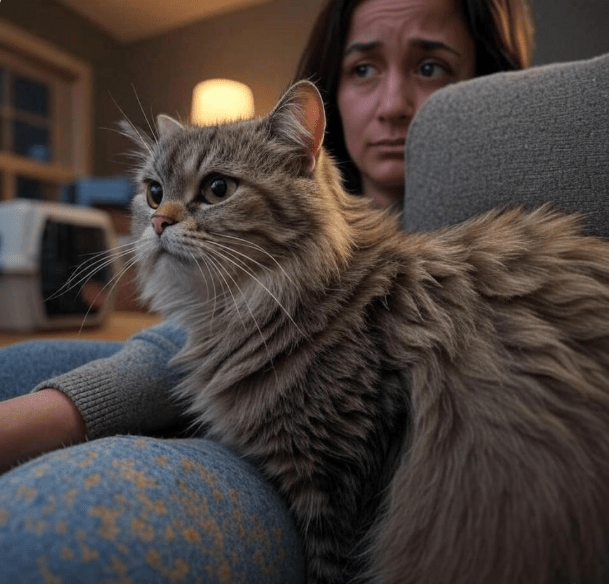
After experiencing a stressful event such as a vet visit or loud noise your cat will rub against you in order to create a feeling of safety through physical contact.
The Significance of Scent and Territory
Scent functions as a main part of how cats communicate and interact with their environments. Scent functions as their main way to speak with others so they can show where they belong and make social connections. The scent glands at their face release their distinctive scent when they touch you in this way.
Cats indicate their social connections with other animals through scent marking. Mother cats use physical contact by rubbing against their offspring to strengthen their connection. A cat who rubs against you demonstrates they view you as a close member of their social group.
How to Respond to Your Cat’s Rub
Once we grasp why cats touch our bodies through rubbing motions we need to understand the best response. When your cat offers pleasant physical contact, accept it by returning the affectionate touch. Pet your cat and give it affection to build on the deep connection the two of you share.
Notice both the strength of the rubbing and extra behaviours your cat shows when trying to find a cause behind its behaviour. Your cat produces a soft tone when purring but reacts differently under stress. Cats may start being rough when they reach their intensity limit due to uncomfortable emotions.
When Should You Be Concerned About This Behavior?
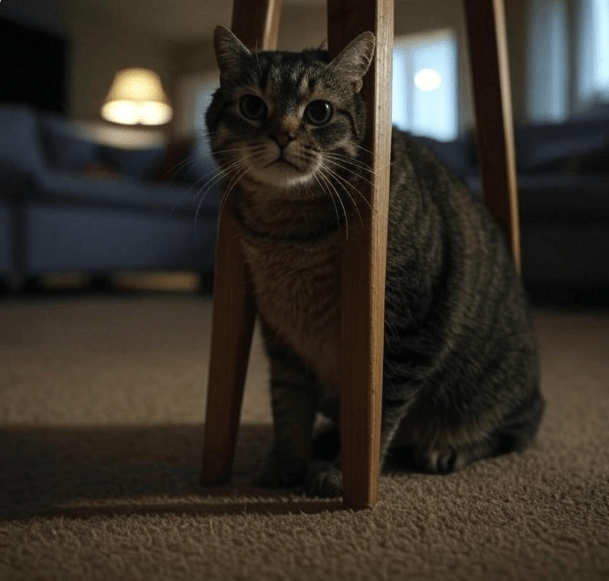
Rubbing is a natural behaviour for cats but when it appears along with health concerns it requires attention. When your cat rubs often or with force you need to check if they feel uncomfortable or anxious. A cat rubs more during periods of stress territory protection and whenever they have body discomforts.
When your cat begins to rub itself many times excessively or unusually against items in your home it might show that they have underlying medical concerns. Regularly cheque your cat for other health changes including feeding habits and external care. In case of any new symptoms talk to your veterinarian for proper examination.
Conclusion
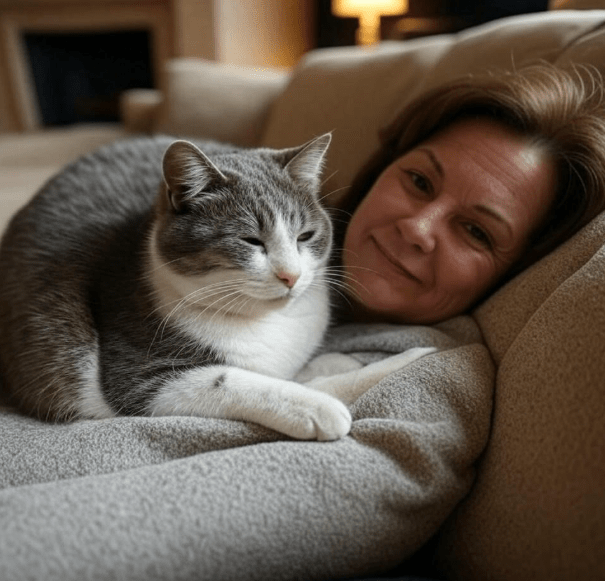
Cats display complicated habits that make them hard to understand for humans. When you know how cats show affection in this particular behaviour it helps you better understand their perspective and communication style. When your cat touches you with its head and body it expresses physical intimacy in the way unique to this species.
You can deepen your bond with your cat by paying attention to its body signals and showing love when it interacts with you. Cats touch their scent against you because they want to show love. They use this behaviour to create bonds with people while marking their areas and showing love in unique cat language.

